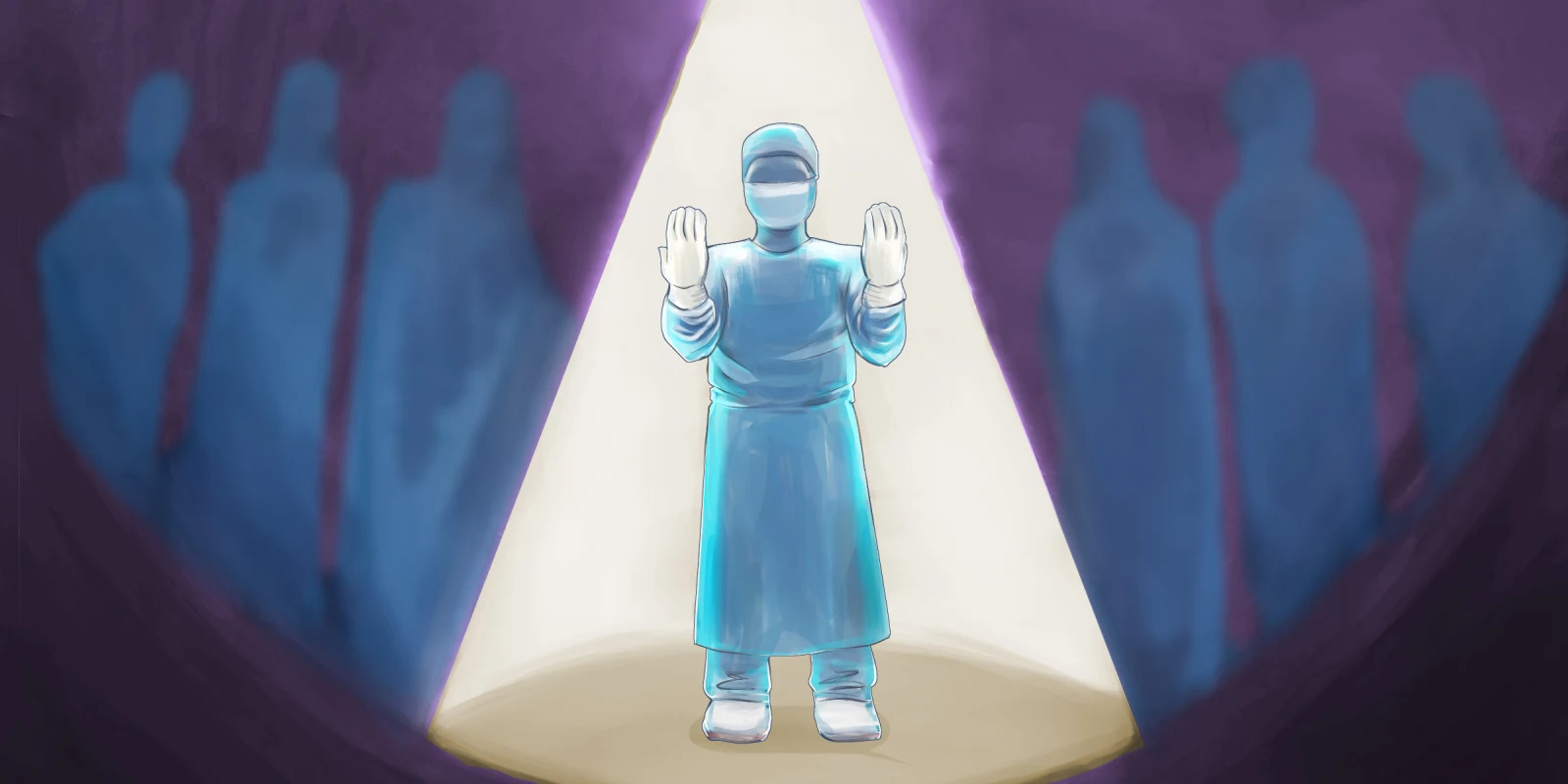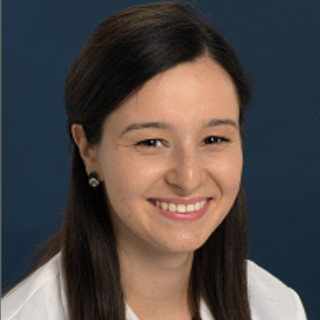I sat at a lecture at the American Academy of Gynecologic Laparoscopists on how to tackle a difficult portion of a hysterectomy. There were many surgical pearls on how to manage an obliterated anterior cul-du-sac, or what to do when the bladder and uterus were scarred to each other. I nodded along and took down notes. These pearls ranged from appropriate pre-operative patient counseling, to uterine manipulator alternatives to delineate tissue planes, to different options for defining the bladder plane.
The presenting surgeon’s last pearl was “Find your window of opportunity and take it.” She told the story of a dead end case. Everything was scarred down with endometriosis and the typical surgical anatomy was obliterated. But, she said, if you can find a window of opportunity, you will be able to start there, use your surgical creativity to move forward, and accomplish just a little bit more of your dissection. Perhaps you will run into a dead end, but you’ll then be able to find a new window and keep going. Eventually, you will have completed the surgery.
As an ob/gyn resident, my time is split between obstetrics and gynecology. One of the reasons I love gynecologic surgery is that it offers me a place to be deliberate in the messy gray world of obstetrics. Yes, there are many algorithms that exist in obstetrics that guide decision-making, but decisions such as delivery timing, to allow people to continue to labor or go for a C-section, and management of complex medical issues in the setting of pregnancy require true artistic style. Many of the residents look forward to our months spent on the gyn service in the OR for this clarity.
In the beginning of my residency, it seemed as if there were clear delineations of right and wrong in the OR. Ovary is torsed, untwist it. Pregnancy in tube, remove it. Uterus has fibroids, remove them. But, as I progressed and started doing more complex cases, things became gray. It always used to be clear when to act, where to Bovie, what to cut — but then endometriosis distorted planes and fibroids added so much bulk. I struggled with how to be thoughtful and deliberate when approaching situations where patients were at their most vulnerable, under anesthesia, their trust lying in their surgical team. It can be easy to panic in a difficult situation, but I tried to remind myself about these windows of opportunity. There is always a way to get the job done, however creative it may be.
Later that year, I found myself in the middle of a difficult case. This patient was from our resident clinic, which meant we were responsible for all facets of her care. Typically, a junior and senior resident would perform the case under the supervision of an attending surgeon who may or may not be scrubbed in. The patient had previously had a hysterectomy for endometriosis at an outside institution and was returning to the OR for pelvic pain that seemed to correlate with bilateral cysts found on her ovaries. She strongly desired minimally invasive management. After we gained laparoscopic entry, we encountered dense adhesions in the pelvis, likely from her previous surgery coupled with endometriosis. The omentum and bowel were stuck to everything. We couldn’t even see the left ovary, let alone things like the ureter or blood vessels. I briefly thought about aborting, but reminded myself to look for a window of opportunity. We discussed we would start by restoring normal anatomy. My chief found a little pocket where we were able to open the retroperitoneum. We called general surgery to assess some bowel adhesions, and they watched us dissect away, giving us their blessing. We found the ureter, the blood supply, and removed the ovary in a safe and methodical manner.
There is a fine balance between taking on difficult cases to become a better surgeon and referring to another surgeon for patient safety. We can only become better by challenging ourselves, but we also must do right by our patients. Now, when I find myself smack dab in the middle of a difficult case, I take a deep breath and tell myself that there is a way to complete the task at hand. Whether it’s a careful dissection, calling for help, or planning to scrub with a co-surgeon, there are many different paths that a surgeon can take for a safe and successful case. I was recently talking with one of our gynecological oncologists about surgical planning and “windows of opportunity” during a robotic case, and she quipped, “Well, Kathleen, if I can’t find a window … I make one.”
What's a good surgical pearl you've learned in your career? Share in the comments.
Kathleen Ackert is a resident physician in obstetrics & gynecology at St. Luke’s University Health Network. She is a graduate of the Philadelphia College of Osteopathic Medicine and Siena College. When she is not in the hospital, she can be found in coffee shops writing narrative medicine pieces or eating in restaurants that offer low-lit dining experiences. She enjoys exploring the latest fitness craze, watering her house plants, and instagramming pictures of fancy lattes at @caffeinewithkathleen. She is a 2021 - 2022 Doximity Op-Med Fellow and continues as a 2022 - 2023 Doximity Op-Med Fellow.
Illustration by April Brust







